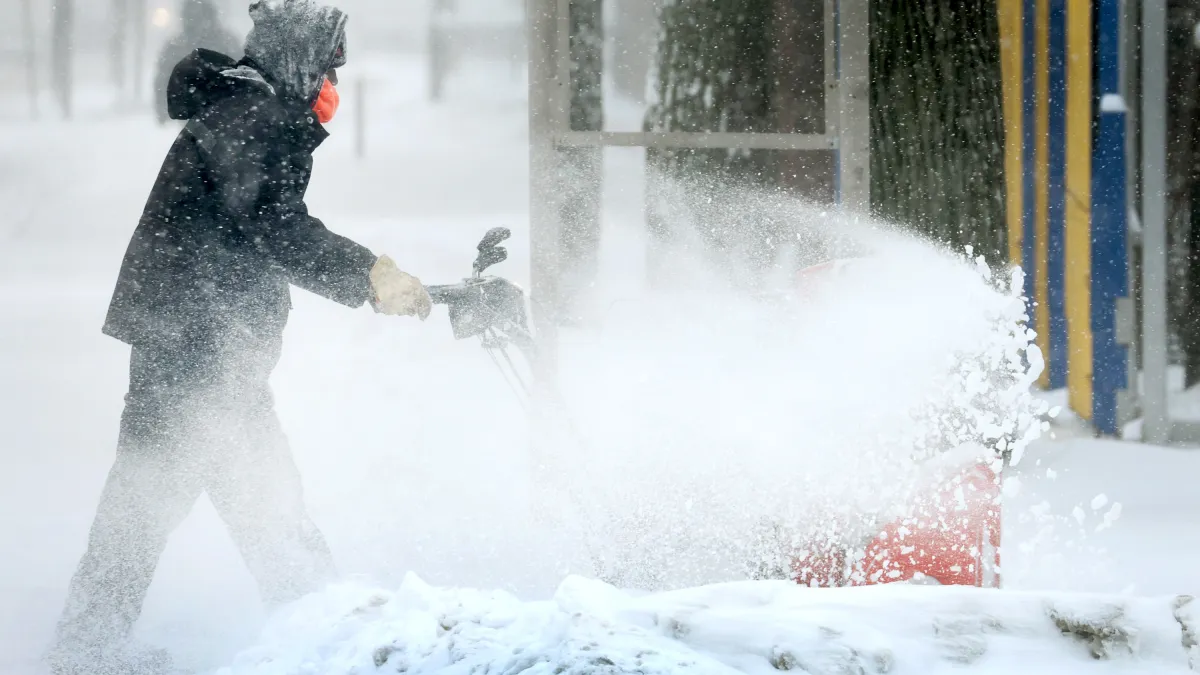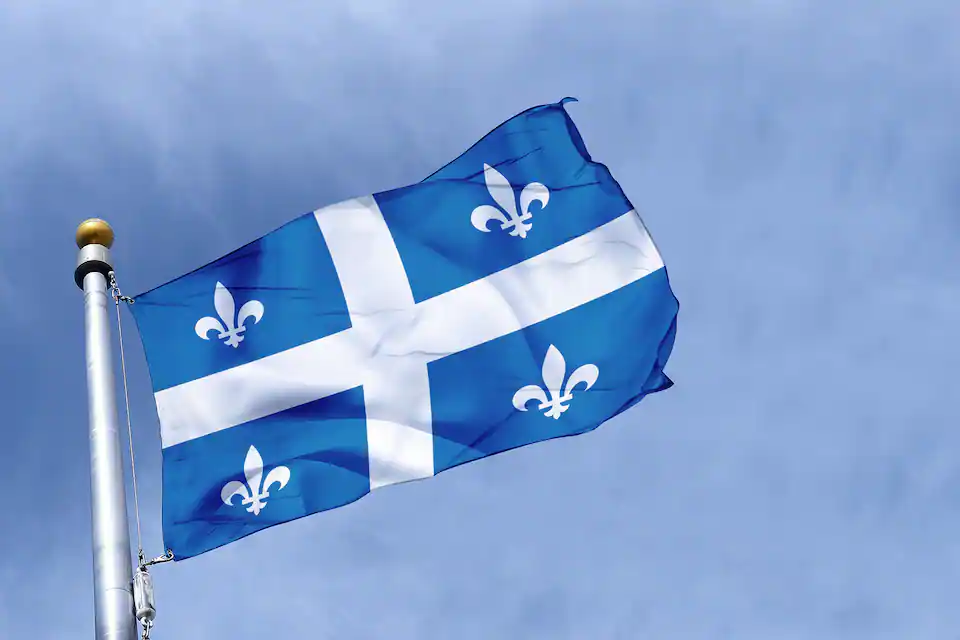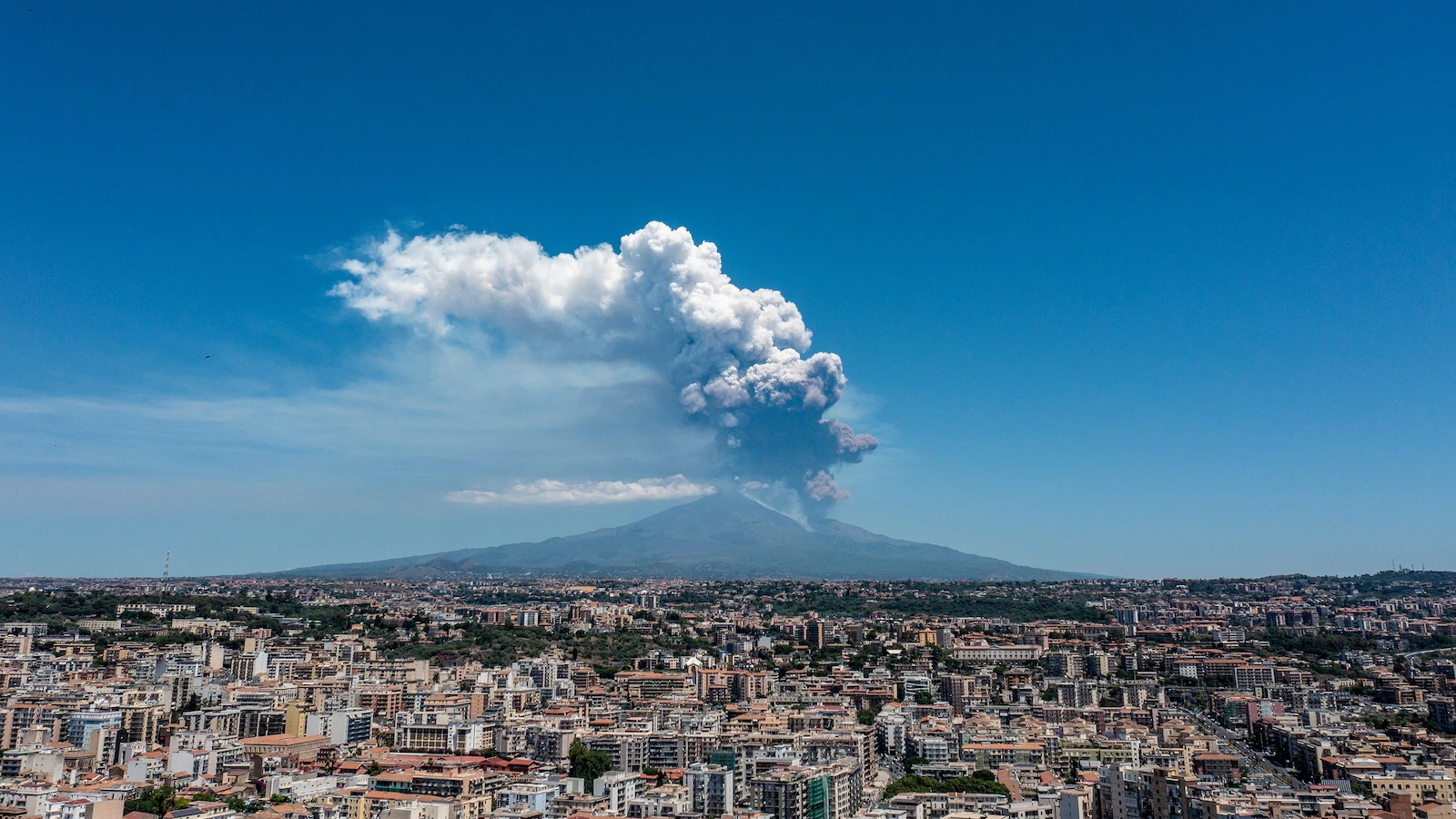Copyright NBC 5 Chicago

Chicago-area residents aren’t strangers to tough winters, but could a phenomenon called “The Blob” make things snowier and colder than usual? “The Blob” is of course the title of a famed horror movie, but this weather phenomenon isn’t the stuff of science fiction, and it’s being generated by the impacts of global warming. According to experts, the “Blob” is a marine heat wave over the Pacific Ocean, driving temperatures way above their average marks for a roughly 5,000-mile stretch of water spanning from Japan to Alaska. The ocean is absorbing heat created by human-caused climate change, and the phenomenon has caused Japan to break its record for its hottest summer ever each of the last three years. The large mass of warm water creates higher air pressure, which pushes the Pacific jet stream further north over the ocean and along the Pacific coast of the United States. The jet stream then dips as it swings southward toward the Midwest. As a result, storm systems are funneled down the jet stream and right into the Chicago area, as are potentially frigid air masses that push down from Canada as the jet stream sags to the south. Those twin weather patterns can lead to more cold snaps and more snow storms in the Chicago area. A weak La Nina pattern can help to exacerbate that jet stream movement as well, according to researchers at the University of Illinois. As a result, many weather experts are suggesting that this year’s winter forecast could mirror that of the winter of 2013-14, when Chicago had its third-coldest winter on record. A total of 25 days saw temperatures either at 0 degrees Fahrenheit or below zero, and it was the third-snowiest winter on record as well, with more than 67 inches of snow falling during meteorological winter from December to February. Between November and April of that winter season, more than 82 inches of snow fell. Needless to say, such a winter would be a massive departure from what the Chicago area has seen in recent years. Last year’s winter featured the least snow the region had seen in nearly 90 years, and the winter before that had been the fifth-warmest on record.



